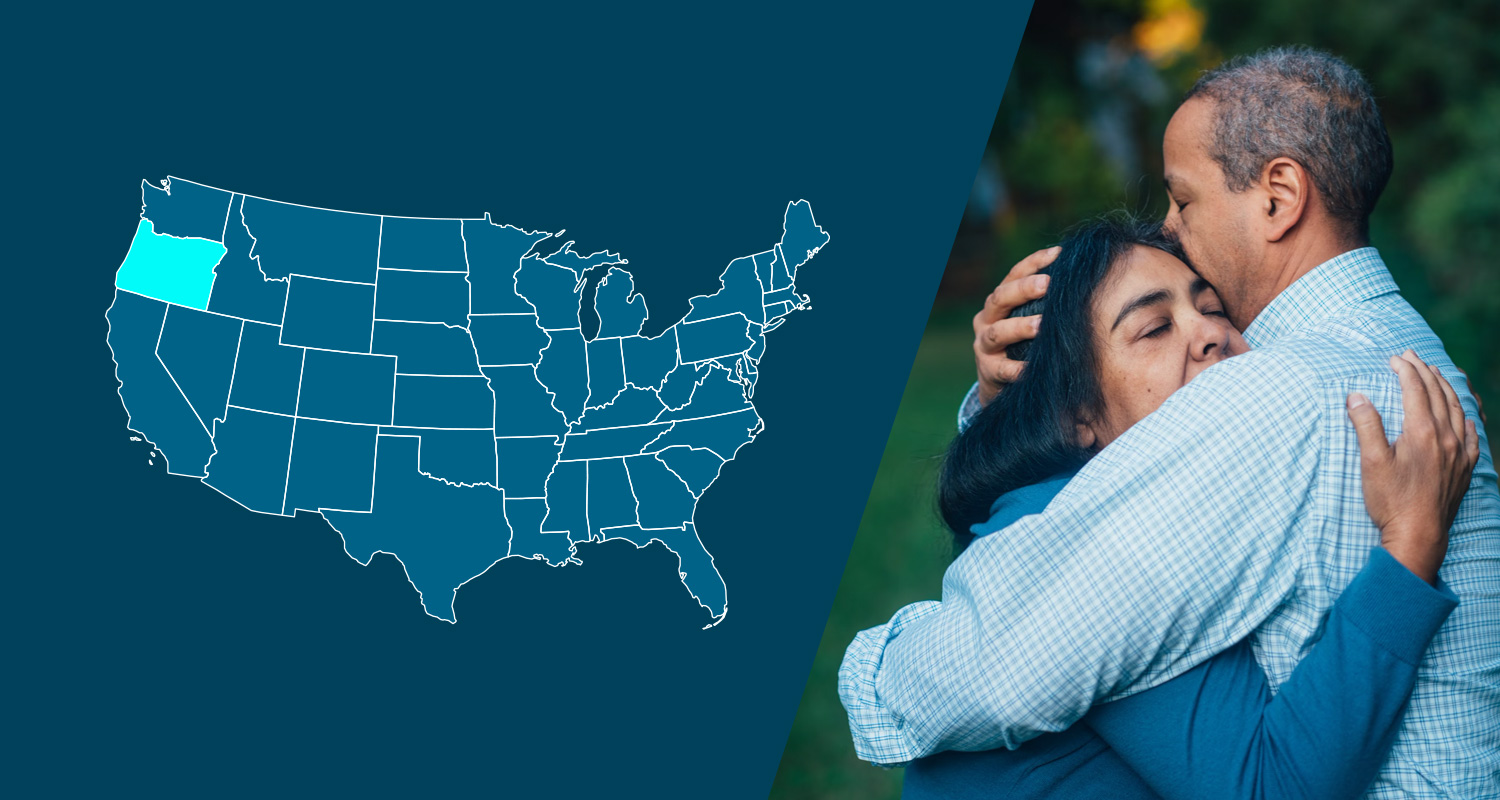On October 12, 2017, California Governor Jerry Brown approved Senate Bill 63, otherwise known as the New Parent Leave Act (“the Act”). The Act provides up to 12 weeks of job-protected, unpaid leave to qualifying employees in order to bond with a new child within one year of the child’s birth, adoption, or foster care placement. Qualifying employees are those with at least 12 months of service and 1,250 hours of service within the previous 12 month period.
Who does the new law apply to?
The law applies to private, state, and municipal employers who employ between 20-49 employees within 75 miles. The bill expands upon the current California Family Rights Act (CFRA) and the federal Family and Medical Leave Act (FMLA), which already offer a similar benefit to those who employ 50 or more employees. Employers with fewer than 20 employees are not affected by the new law.
What are covered employer’s responsibilities?
Covered employers must maintain and pay for the employee’s group health plan coverage during the leave; however, employers are entitled to recover their portion of the premium if the employee fails to return from the leave, unless the failure to return is due to the continuation, recurrence or onset of a serious health condition, or “other circumstances beyond the control of the employee.” Employers are prohibited from retaliating or discriminating against an individual for taking parental leave and from interfering with an employee’s right to leave under the Act.
When does the new law take effect?
January 1, 2018.
Mediation Pilot Program:
The law creates a parental leave mediation pilot program in the event a lawsuit arises out of the Act. The mediation program will allow employers, within 60 days of receipt of a right-to-sue notice, to request all parties to participate in the Mediation Division Program. If this occurs, an employee will not be able to pursue any civil action until the mediation is complete. The mediation program is contingent on necessary funding from the Legislature and the program sunsets on January 1, 2020.
Covered Employer Action Items:
- Determine if you are a covered employer.
- Draft a leave policy that is compliant with the Act.
- Amend your employer handbook to include this new form of employee leave.
- Draft any forms or leave procedures.
- Train relevant employees on the requirements of the Act.
Additional Resources:
The full text of the Act can be found here.
The information and materials on this blog are provided for informational purposes only and are not intended to constitute legal or tax advice. Information provided in this blog may not reflect the most current legal developments and may vary by jurisdiction. The content on this blog is for general informational purposes only and does not apply to any particular facts or circumstances. The use of this blog does not in any way establish an attorney-client relationship, nor should any such relationship be implied, and the contents do not constitute legal or tax advice. If you require legal or tax advice, please consult with a licensed attorney or tax professional in your jurisdiction. The contributing authors expressly disclaim all liability to any persons or entities with respect to any action or inaction based on the contents of this blog.



